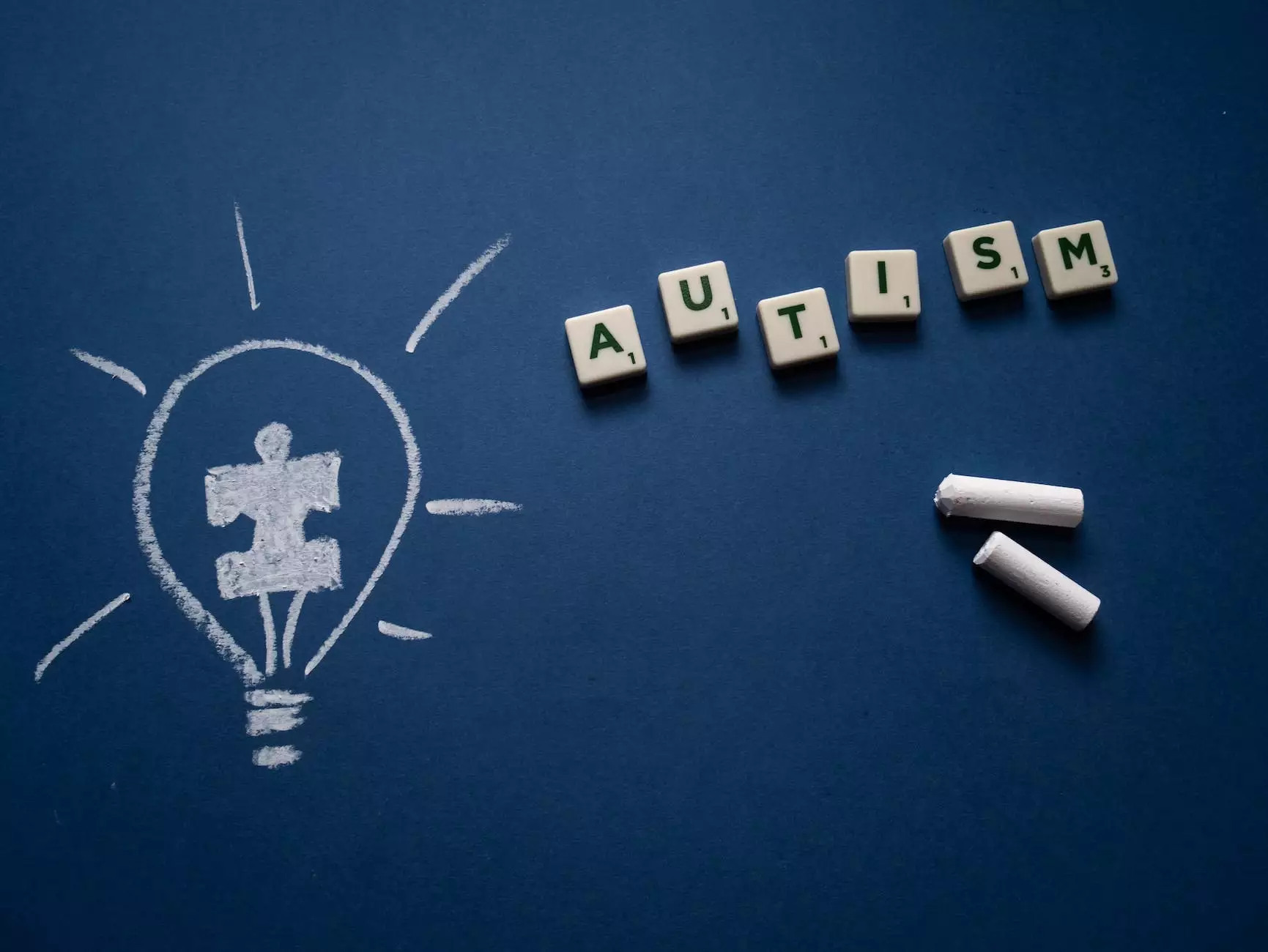ABA Therapy - The Basics for Parents

Introduction to ABA Therapy
ABA Therapy, or Applied Behavior Analysis Therapy, is a highly effective treatment approach for individuals with autism spectrum disorder (ASD). It focuses on using principles of behavior to teach and reinforce positive skills, while reducing problem behaviors. As a parent, understanding the basics of ABA therapy can empower you to support your child's development effectively.
Benefits of ABA Therapy
ABA therapy offers numerous benefits for children with ASD:
- Improves communication skills
- Enhances social interactions and relationships
- Develops self-care and independent living skills
- Promotes academic and educational progress
- Reduces challenging behaviors and improves overall behavior management
Finding Qualified ABA Practitioners
When seeking ABA therapy for your child, it is crucial to find qualified practitioners who are experienced and trained in ABA techniques. Here are some steps to ensure you find the right professionals:
- Research local ABA centers or clinics
- Check their credentials and certifications
- Review testimonials and feedback from other parents
- Meet with potential practitioners to discuss their approach and expertise
- Verify insurance coverage and inquire about funding options
Understanding ABA Techniques
ABA therapy utilizes a range of techniques to teach new skills and modify behaviors. Some common techniques include:
- Discrete Trial Training (DTT): Breaking down complex skills into smaller, manageable steps
- Positive Reinforcement: Using rewards and positive consequences to encourage desired behaviors
- Prompting and Prompt Fading: Providing cues and gradually reducing them to promote independence
- Generalization: Teaching skills in various settings to ensure they are applied in different contexts
- Functional Communication Training (FCT): Teaching alternative communication methods to reduce frustration
Supporting Your Child's Progress
As a parent, you play a crucial role in supporting your child's progress during and outside of ABA therapy sessions. Here are some tips to consider:
- Collaborate with the ABA practitioner to reinforce skills at home
- Follow through with suggested strategies and interventions
- Create a structured and predictable environment
- Encourage social interactions and peer relationships
- Celebrate achievements and provide positive feedback
- Stay informed about your child's Individualized Education Program (IEP) or treatment plan
- Seek support from parent support groups or online communities
Conclusion
ABA therapy provides parents with an evidence-based approach to support their child's development and address challenging behaviors related to ASD. By understanding the basics of ABA therapy, finding qualified practitioners, and actively participating in your child's progress, you can create a positive impact on their overall well-being and future success.










